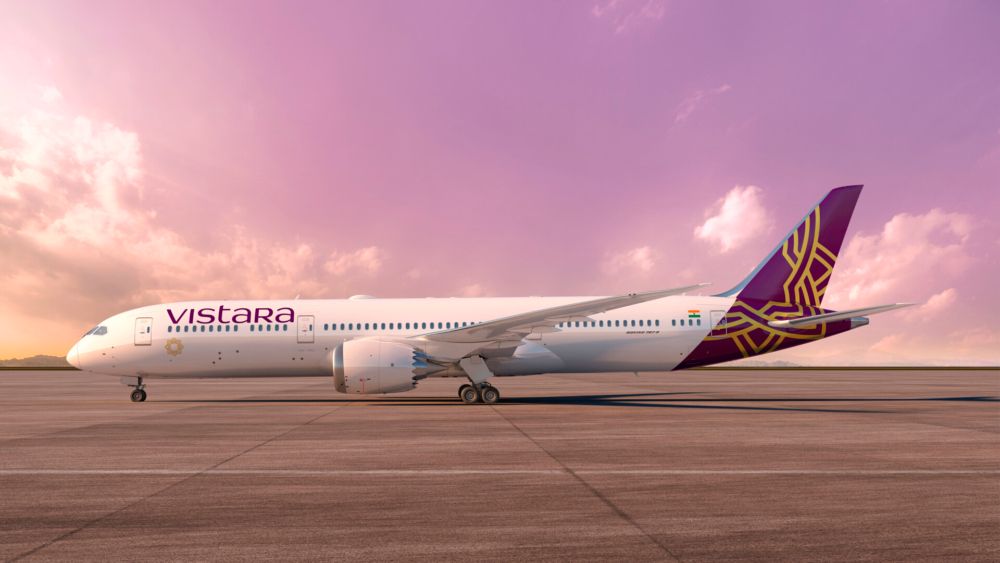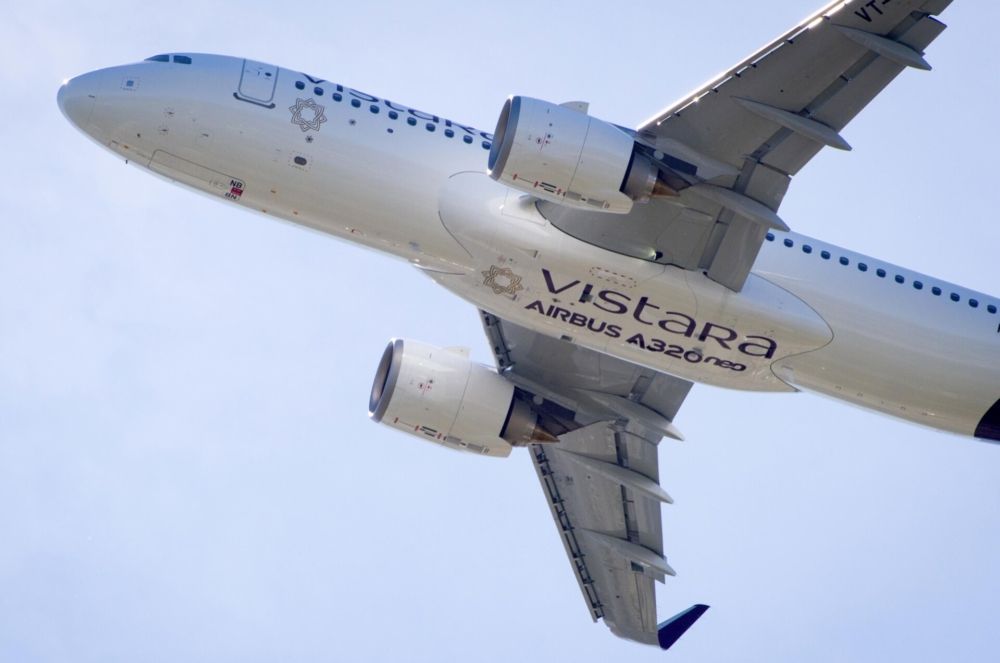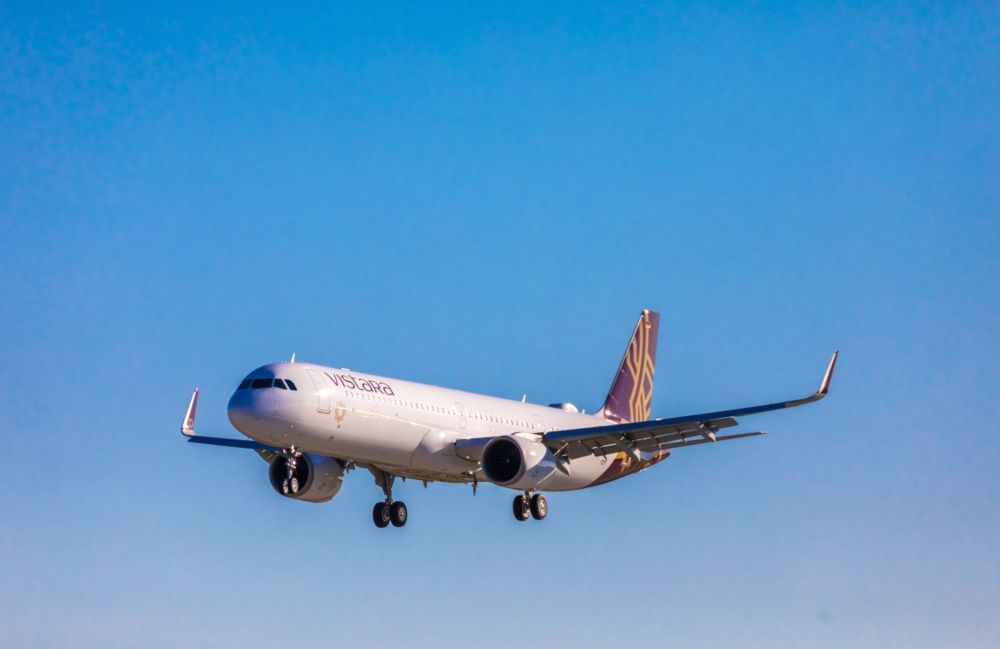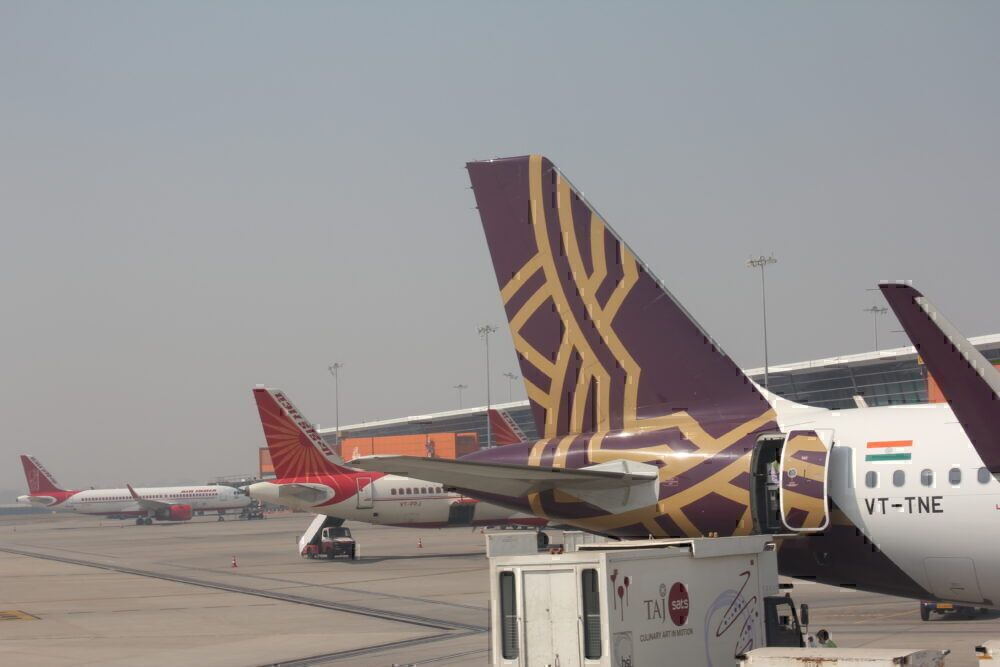Vistara has gone from a startup to a major carrier in just six years. Owned by Tata and Singapore Airlines, the airline has big plans for the future. Here’s a look at Vistara’s fleet and expansion plans.
Big and small
Vistara operates a mixed fleet of Boeing and Airbus aircraft. For nearly all domestic and medium-haul operations, the airline uses its trusted A320 family, which includes the larger A321neo for international services. On the long-haul side, Vistara has opted for the 787-9 Dreamliner, the first of which was delivered in March 2020.
As of today, the carrier operates a total of 49 aircraft, consisting of:
- 32 Airbus A320neos
- Six Boeing 737-800s
- Five A320-200s
- Four A321neos
- Two 787-9s
The mixed fleet helps to serve every market efficiently. Given Vistara’s focus on premium, full-service travel, the different cabin products ensure travelers are happy on routes of all lengths. However, the strategy is an expensive one too, with low-cost competitors sticking exclusively to one aircraft type to drive down costs.
Future
Vistara is currently on track to meet its target of inducting 70 planes by 2023. This rapid expansion is backed by a significant aircraft order with Airbus for the A320neo family, which will see 25 more A320neos and one more A321neo join the fleet over the next few years.
At the same time, Vistara is planning to phase out all six 737-800s it leased after the collapse of Jet Airways. While these planes allowed for the quick start of international flights in 2019, operating a sub fleet is an expensive task. As more planes join, the carrier will retire all of the 737s.
However, there have been some bumps along the way. Vistara initially hoped to receive all six of its 787s by 2021, but pushed this back to 2023 due to the pandemic. Now, the 787 delivery pause means Vistara is running low on planes, limiting its ambitions to fly to the US and other long-haul destinations. Once the delivery pause is lifted, expect Vistara to add more Dreamliners quickly.
Twist
As mentioned earlier, Vistara is owned by the Tata Group (51%) and Singapore Airlines (49%). Tata recently purchased flag carrier Air India, the only other long-haul airline operating out of the country. Given their similar missions, it is possible that the two are merged in the coming years to bring down costs. However, nothing is confirmed at this time, and the Air India sale still has some steps to complete.
Vistara’s fleet is similar to many upcoming international airlines. By focusing on efficiency over capacity early on, the airline has the flexibility to test out markets before ordering larger jets like the A350 or 777X. For now, Vistara is laser-focused on increasing its presence globally and growing its fleet.
What do you think about Vistara’s fleet? Which aircraft have you flown before? Let us know in the comments!





